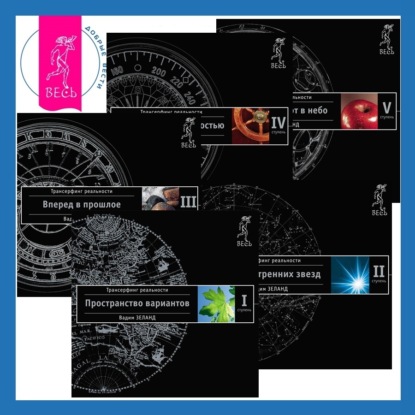Excerpt from The Malarial Fevers, Haemoglobinuric Fever and the Blood Protozoa of Man
While several excellent works dealing with the laboratory side of the subject have appeared within recent years, no complete treatise upon the malarial fevers has been printed in English since the author"s work entitled "The Aestivo-autumnal (Remittent) Malarial Fevers," published in 1901. Thayer"s excellent monograph upon this subject in Allbutt and Rolleston"s "System of Medicine" and the author"s in Osler"s "Modern Medicine" consider the subject but briefly from necessity, and the many important discoveries made in the etiology of these fevers, and the advances made in the prophylaxis of malarial disease during the past ten years are such as to justify us in the publication of the present work. The author has endeavored to record in this work all important advances and facts of interest to the student and clinician, and to this end has consulted a mass of literature, the most important papers being noted in the literary reference found at the end of each chapter. For many of these references I am indebted to the extensive bibliographies in Thayer and Hewetson"s "Malarial Fevers," of Baltimore, and Zieman"s monograph upon malaria in Mense"s "Handbuch der Tropenkrankheiten." In every case the author has tried to give proper credit for the observations quoted, and if he has failed it has not been intentionally.
The work is very largely the result of personal experience gained in the United States military hospitals in this country, Cuba, and the Philippines, and, as such, embodies the results of over ten years of investigation, and the study of thousands of cases of malarial fever. The importance of a thorough understanding of malarial disease cannot be overrated, and with the acquisition of the Philippine Islands and of Porto Rico it is more imperative than ever that the American physician be able to distinguish these fevers, and properly treat them. The author has never changed his opinion that infinite suffering could have been avoided and scores of lives saved in our camps during the Spanish War had our physicians been thoroughly familiar with the malarial fevers, especially the aestivo-autumnal infections. Further experience has only confirmed his opinion that every physician practising in malarial localities should be able to recognize the malarial plasmodia in the blood and that blood examinations should be relied upon in the diagnosis of malarial disease.
In addition to the consideration of the malarial fevers, the author has thought it best to add chapters treating of haemoglobinuric fever and the blood protozoa of man.
About the Publisher
Forgotten Books publishes hundreds of thousands of rare and classic books. Find more at www.forgottenbooks.com
This book is a reproduction of an important historical work. Forgotten Books uses state-of-the-art technology to digitally reconstruct the work, preserving the original format whilst repairing imperfections present in the aged copy. In rare cases, an imperfection in the original, such as a blemish or missing page, may be replicated in our edition. We do, however, repair the vast majority of imperfections successfully; any imperfections that remain are intentionally left to preserve the state of such historical works. Это и многое другое вы найдете в книге The Malarial Fevers, Haemoglobinuric Fever and the Blood Protozoa of Man (Classic Reprint) (Charles Franklin Craig)















